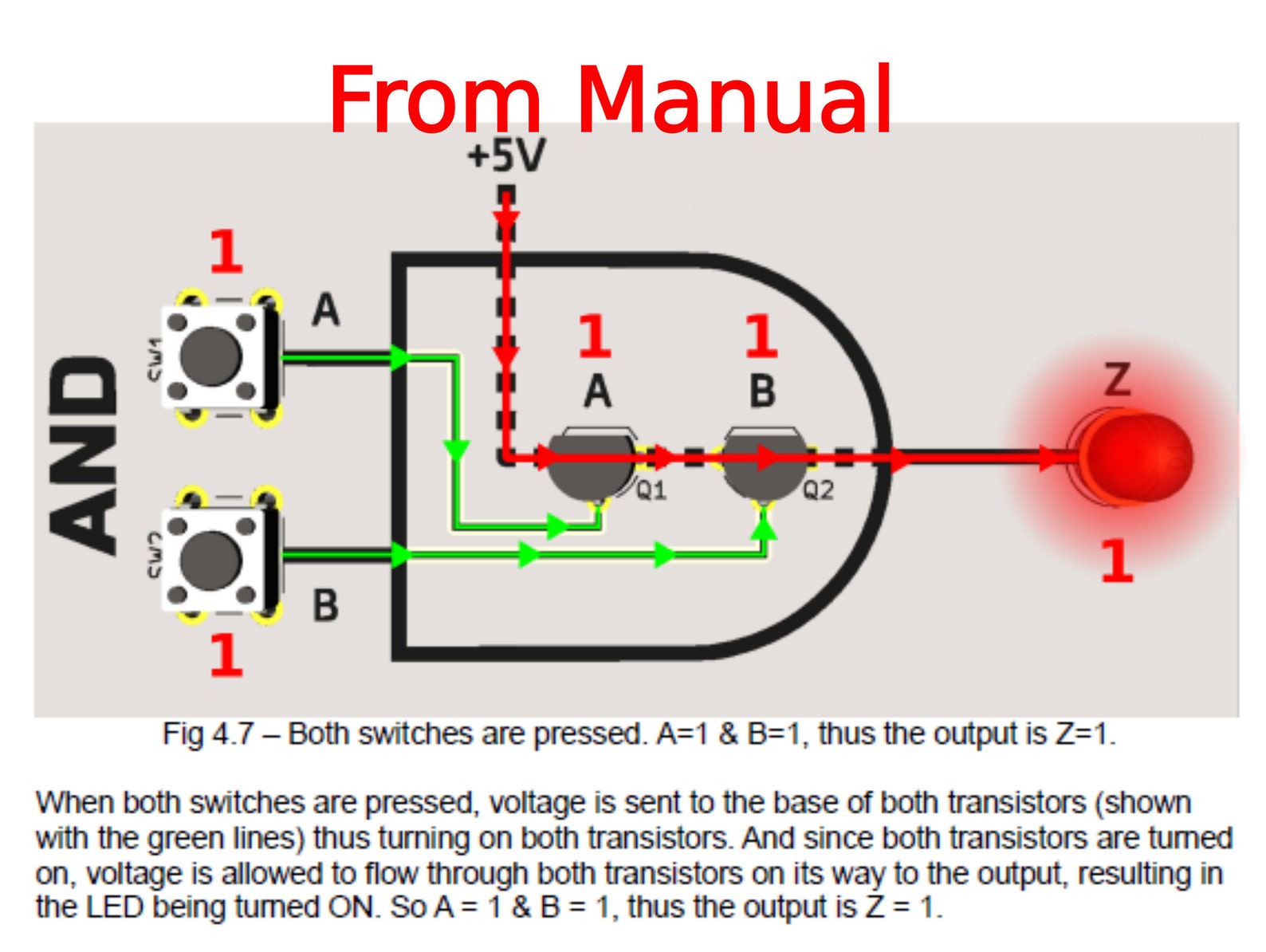
- #ARDUINO TRANSISTOR GATE NOT BEING GROUNDED HOW TO#
- #ARDUINO TRANSISTOR GATE NOT BEING GROUNDED SERIES#
The emitter of Q1 and the source of Q2 are both connected to ground.The gate of Q2 is connected only to the collector of Q1, not to ground.RTC SQW is connected only to the base of Q1, not to VCC.Based on the function of the circuit, here are the actual connections: In your schematic, dots are used only to show some pin connections (which is wrong). The thickness of the lines shouldn't matter and is probably an artifact of converting the schematic to a PNG. Another way is to have one wire curve to the side to show an unconnected intersection. The normal way to show this is to have a dot at connected intersections. UPDATE: The intersections between wires are unclear - another way this schematic is poorly-drawn. For this reason, it's best to avoid millifarads and the mF abbreviation and just use microfarads. In old schematics, mF was used as an abbreviation for microfarads. Microfarads should always be written μF or uF. If they really meant 0.1 millifarads (100 microfarads), the capacitor is probably a bad attempt at keeping the Arduino running after its power is switched off. It's standard practice to have a 0.1 microfarad capacitor between a digital IC's power and ground pins to ensure a steady supply voltage during switching.

I'm not sure if the capacitors are really meant to be 0.1 millifarads or if they're the standard 0.1 microfarads. Switching an IC's ground connection is a bad idea for a number of reasons. When turned off, Q2 disconnects the ground, (theoretically) powering off the Arduino.

Starting with a high resistance = very low current and then reducing the resistance until the needed current through Collector-Emitter is reached. Me personal I do not calculate these currents I measure them. When you press the button, the input goes HIGH, the output goes LOW. When the button isn’t pressed, the input is LOW and the output is HIGH, which causes the LED to light. For this electronics project, a normally open pushbutton is used as the input.
#ARDUINO TRANSISTOR GATE NOT BEING GROUNDED HOW TO#
You just have to make sure that the base-current is high enough to make the transistor fully conductant. This project shows how to assemble a simple transistor NOT gate on a solderless breadboard.

But not all datasheets the one for the BC327 is rather poor with diagrams.Īs you are just switching fully on fully off the value must not be calculated carefully. The datasheets of transistors provide diagrams for this.

This means through the base must flow a current of The base of the transistor needs a current limiting resistor
#ARDUINO TRANSISTOR GATE NOT BEING GROUNDED SERIES#
This means you need no extra resistor in series to the LED like shown in the schematic for a single LED This means the current-limiting resistors in series with the LEDs are inside the LED-strip.


 0 kommentar(er)
0 kommentar(er)
